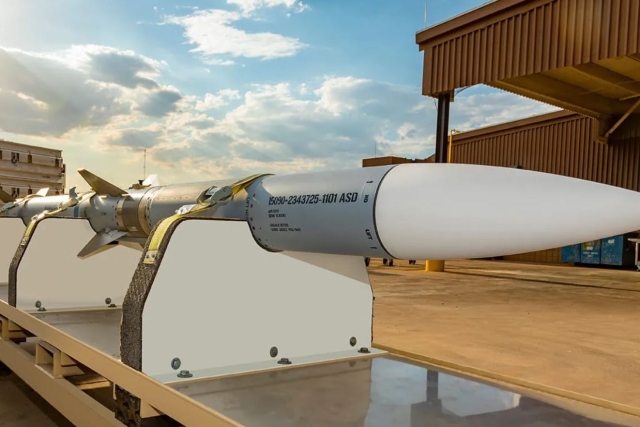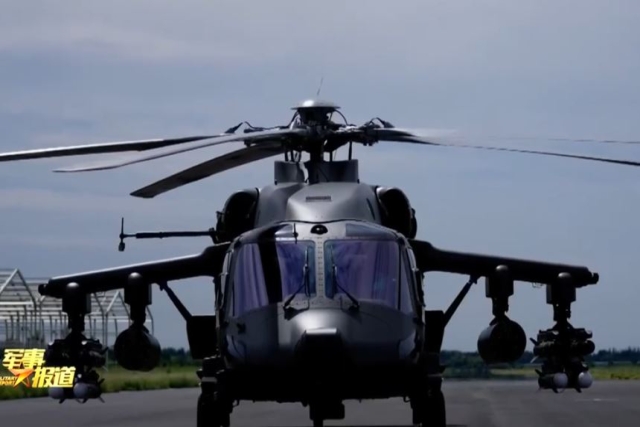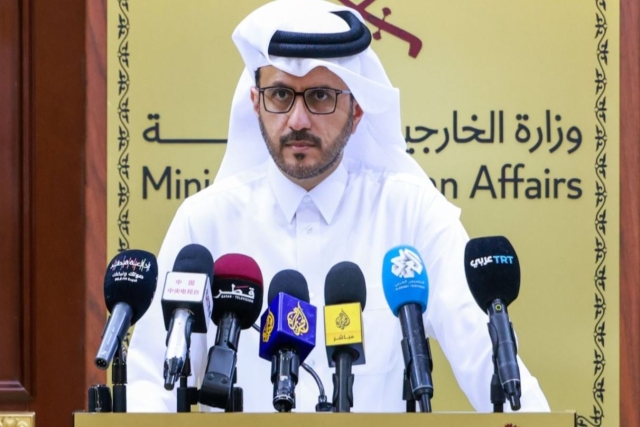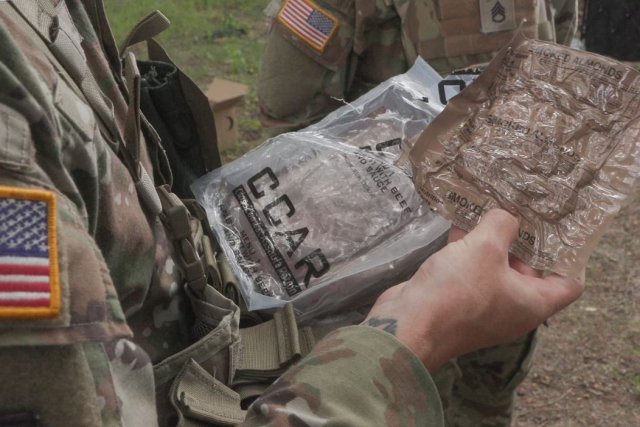BEL Gearing Up For MMRCA Projects
Anil Kumar, BEL, Chairman and Managing Director
Bharat Electronics Limited will pursue several projects and RFPs this year, in addition to the much coveted MMRCA project. The company has already begun talks with in talks with Dassault Aviation and its Tier 1 suppliers over the supply of products for the Rafale aircraft.
DW : What kind of projects and RFPs will you pursue for the coming year?
Anil Kumar: BEL is pursuing opportunities worth about Rs.25,000 crores which are expected to mature in the coming 1 to 2 years’ time. The major opportunities will be land based EW Systems for Army and Air Force, Anti Submarine Warfare equipment for the Navy, Integrated Air Command & Control System, Weapon Locating Radars, various Gun Upgrade programs, Software Defined Radios, Thermal Imagers and Night Vision Devices, Smart ID Cards for the National Population Register.
DW : Your most recent partnership is with IAI. You have said that it will be for LRSAM. What component of this missile will you build through this partnership?
Anil Kumar: Indian MoD has appointed BEL as the Lead Integrator (LI) for the Long Range Surface to Air Missile (LRSAM) Systems for the Indian Navy and Production Agency for manufacture of Radars for LRSAM. In this direction, BEL and IAI Israel have signed an MoU with a purpose to define the process and content of cooperation with respect to the production of the LRSAM Systems by BEL and IAI. A typical SAM system broadly comprises of Sensors (Radars), Command & Control System, Missiles and Launchers. Under the MoU BEL will function as the LI and IAI will be the design authority and main sub-contractor of BEL for the sub-systems.
DW : You have several international partnerships - with Israeli (IAI, ELTA), French (Thales) and Swedish (SAAB). Can you describe how such multiple partnerships are being managed in terms of technology transfer, production, offsets, intellectual property protection and other issues?
Anil Kumar: BEL has partnership arrangements with reputed global OEMs with complementary technical strengths in order to address various business opportunities. The partnerships with IAI, Elta, Thales and SAAB are in the areas of Radars, Missile Systems, Electronic Warfare, Electro Optics, Offsets, etc. and these are being handled by the respective business units of BEL. BEL enters into such partnerships (MoUs, Technology Collaboration Agreements, etc.), after careful analysis and consideration of several factors like the background of partner, financial, technical and marketing strengths, size of the company, culture and business ethics. A Non Disclosure Agreement and an MoU is signed with the shortlisted partner to establish the cooperation. Following the progress of MoUs, Technology Collaboration / Offset Agreements are signed with OEMs for the production of their products. Suitable clauses are included in such agreements to protect the Intellectual Property Rights of the parties.
DW : 4. Are there any partnerships, either existing or in the pipeline with any Russian company considering that Russian radars are in several frontline fighter planes and helicopters?
Anil Kumar: BEL has signed MoUs with JSC Rosoboronexport, Russia for exploring the Offset opportunities against the Indian MoD programs like VSHORAD and SRSAM of the Indian Army.
DW : Can you describe the progress in the Software Defined Radios project?
Anil Kumar: BEL has developed 2 types of SDRs (Ground based and Airborne) in collaboration with DRDO (DEAL, Dehradun) for Indian Air Force. These products are in line with the requirements of a Global RFP where BEL is competing with OEMs like Rockwell Collins, Elta and Rafael. NC-NC trials are expected to be held during March 2013. BEL is also running its own development programs for SDRs required by the Indian Army and the Navy.
DW : With regard to the MMRCA deal, what role can BEL expect to play and how are you gearing up for this. Will your partnership with Thales cover the AESA radar for the MMRCA?
Anil Kumar: For the MMRCA contract, we have been interacting with Dassault Aviation and their Tier 1 suppliers like ECE, Inter Technique & Thales. BEL is interested in Airborne Radar, EW Systems and Avionics. We know that these are very specific areas for which BEL is perhaps the best qualified company in India. We have been visited by these companies and their major partners. In addition to these areas BEL is targeting new areas like system integration and customization of designs. We have already started preparing four of our Strategic Business Units (SBUs) to handle this business and are creating the required facilities, training manpower and obtaining AS 9100 certification.
DW : How does BEL plan on reducing foreign dependence and do you have any targets for specific equipment such as different types of radar?
Anil Kumar: R&D has been the strength of BEL. Several new initiatives have been taken to bridge the technology gaps and develop world-class products and thereby reduce dependence on foreign OEMs. A few such examples are:- Proactively launching development programs based on technology trends (e.g State-of-the art Secondary Surveillance Radar) Joint development programs with DRDO Labs in different business segments like Radars, Electronic Warfare, Cognitive Radios. Adopting best practices like Knowledge Management, Structured R&D Plans, R&D management using ERP, e-Learning, R&D process improvement. Investment in R&D to the tune of 8-10% of revenues. Above developments are targeted to mature progressively over the next 2 to 3 years.
DW : Can you describe your own R&D efforts in your centers of excellence?
Anil Kumar: R&D in BEL is organized in 3-tier structure namely Central Research Laboratories, Central D&E and D&Es attached to each of the Strategic Business Units. The CRLs develop futuristic technologies, the Central D&E group develops common technology modules and the SBU D&Es develop products/systems based on User requirements using the technologies developed. Also, R&Ds interact with DRDO labs and many joint development programmes are under way for products and systems. We also collaborate with foreign OEMs for some of the important projects by way of ToT. The R&Ds get involved in absorption of technologies and subsequent indigenization of the products. More than 50% of BEL’s turnover results from in-house R&D efforts at our Centers of Excellence. Many of the current R&D projects are in-house development efforts including the SDRs and TCS programme.
DW : BEL has consistently been a profitable company. What is the secret of your continued good performance?
Anil Kumar: BEL has been successfully managing the defence business leveraging its strengths acquired over a period of time. BEL has established robust systems and procedures and state-of-the-art manufacturing infrastructure at all its Strategic Business Units. The highly trained workforce at BEL has good domain knowledge and the technical competencies and skill sets required for defence business. BEL has been working continuously on various initiatives for cost reduction. Indigenization, in-house development and prudent fiscal management have all helped us in keeping our costs low. We are now working on producing critical subsystems in-house to reduce our material costs further. Initiatives like QCC, Suggestion schemes, Six Sigma, Project Management are not only helping in delivering quality products but also in optimizing our costs.










